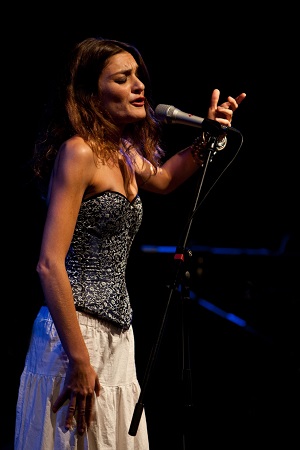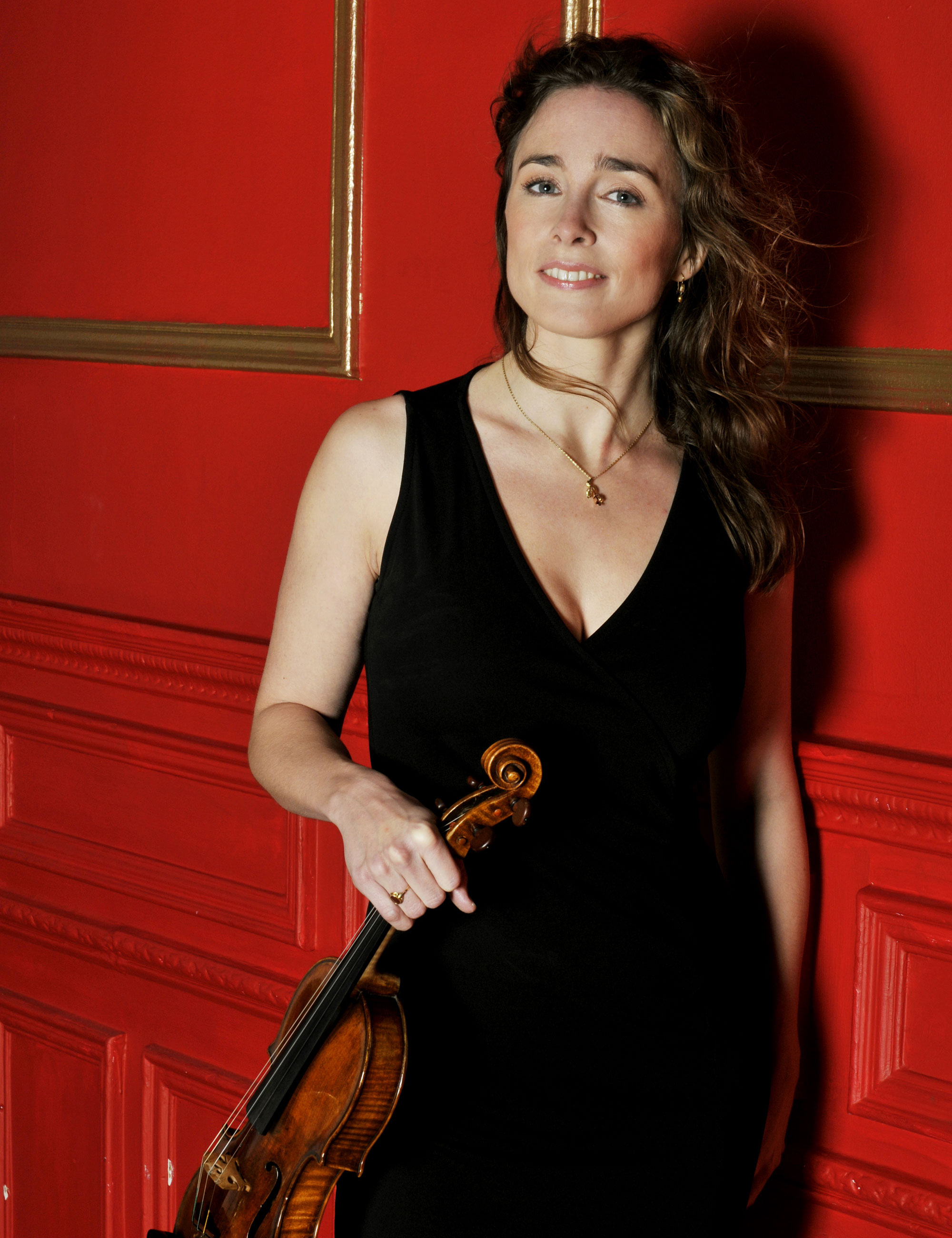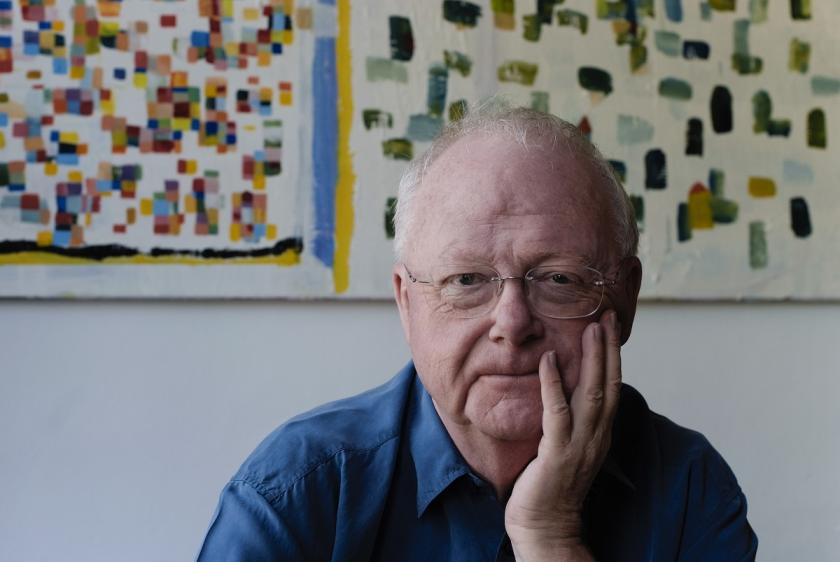The music of Louis Andriessen is instantly recognisable but frustratingly difficult to define. The American Minimalists are a strong influence, but so too is Stravinsky, and through him, Bach. Those figures provide the context for Andriessen’s works in the Barbican mini-festival M is for Man, Music and Mystery, which this Britten Sinfonia concert inaugurated. The connections proved strong – in this case with Steve Reich – even if they did little to counter the image of Andriessen as a radical and utterly unique voice.
The concert began by exploring a different direction of influence, from Andriessen to his pupil, the late Steve Martland. The two composers share a rhythmically propulsive approach to Minimalism, and a taste for bold, direct ideas that never quite go in the direction you expect. Tiger Dancing was commissioned by the Britten Sinfonia, so seemed a natural choice. It was written to be choreographed, and the spirit of the dance flows through its dynamic, supple textures and rhythmically incisive profile. Here, and throughout the evening, conductor Clark Rundell brought a natural flow to the music, keeping the tempos strict but without hectoring the phrases into metronomic regularity. The strings were fully in the spirit of the music, but their ensemble was often loose, something the clean, precise textures only served to highlight.
 Steve Reich’s The Desert Music was his magnum opus when he completed the score in 1983, and even in this later chamber version, it is still an imposing edifice – a continuous 50-minute span for chorus, string ensemble and incessant percussion. Again, Clark Rundell proved an ideal guide, maintaining strict tempos when required, giving all cues efficiently, and making every tempo change crisp and decisive. But again, the strings struggled to maintain unity of ensemble and intonation, and the amplification only highlighted what might otherwise have been less obvious slips. The chorus too where mercilessly scrutinised by the microphones, which only exacerbated otherwise minor problems of balance and tuning.
Steve Reich’s The Desert Music was his magnum opus when he completed the score in 1983, and even in this later chamber version, it is still an imposing edifice – a continuous 50-minute span for chorus, string ensemble and incessant percussion. Again, Clark Rundell proved an ideal guide, maintaining strict tempos when required, giving all cues efficiently, and making every tempo change crisp and decisive. But again, the strings struggled to maintain unity of ensemble and intonation, and the amplification only highlighted what might otherwise have been less obvious slips. The chorus too where mercilessly scrutinised by the microphones, which only exacerbated otherwise minor problems of balance and tuning.
Louis Andriessen’s La Passione was written in 2002 for one of the soloists who performed it here, mezzo Cristina Zavalloni (pictured above left, image by Barbara Rigon), while Frederieke Saeijs (pictured below) replaced the original violinist Monica Germino, who was indisposed. The work is a song cycle, setting poems by the Italian Symbolist/Futurist Dino Campana (1885-1932). Andriessen employs a typically eclectic ensemble, a string section made up only of violins, cimbalom, electric and bass guitars, a slightly more standard wind section, although featuring a prominent contrabass clarinet. Two pianos frame the ensemble, but although they seem to play throughout, are all but inaudible.
 The relationship between the two soloists is complex and fascinating. Andriessen describes the singer as the poet and the violin as his demon. They begin in unison, and later often converge to the same music. But at other times, the violin becomes an obbilgato (Andriessen concedes the passion title made connections to Bach all but inevitable). The ensemble tends towards the raucous, typically interjecting loud tuttis between the quieter solo phrases. And, typically for Andriessen, the textures tend to be based on fast runs in unison or octaves, the bass guitar and the (amplified) violin soloist running along at three or four octaves distance in continuous semiquavers a typical device.
The relationship between the two soloists is complex and fascinating. Andriessen describes the singer as the poet and the violin as his demon. They begin in unison, and later often converge to the same music. But at other times, the violin becomes an obbilgato (Andriessen concedes the passion title made connections to Bach all but inevitable). The ensemble tends towards the raucous, typically interjecting loud tuttis between the quieter solo phrases. And, typically for Andriessen, the textures tend to be based on fast runs in unison or octaves, the bass guitar and the (amplified) violin soloist running along at three or four octaves distance in continuous semiquavers a typical device.
Impressively, the two soloists performed from memory. Zavalloni had some tuning problems in the upper register, this again highlighted by the continuous unison and octave doublings. She is also distractingly mobile, acting out all her music and that of the players with spasmodic hand gestures. Saeijes was just as theatrical in her playing, if not her actions, with the amplification giving her tone a satisfyingly tactile edge. All round, a curious piece, surprisingly aggressive for a song cycle, but without overt dissonance. If the work failed to convince on its compositional merits, it was redeemed this evening by the passionate and compelling performances of its soloists.














Add comment